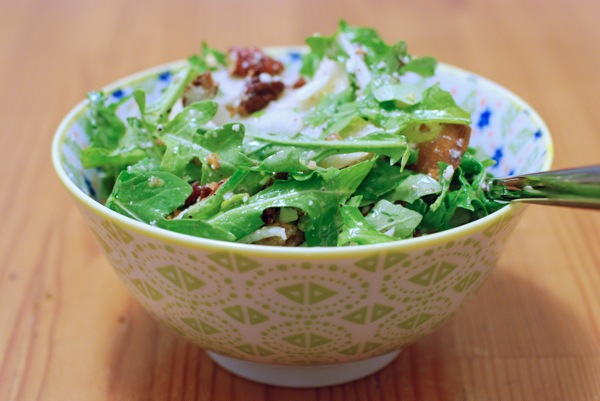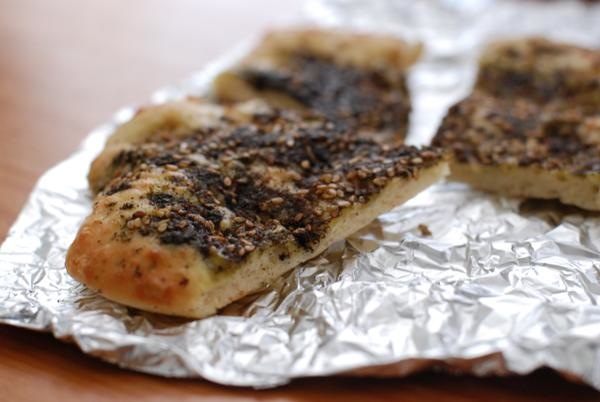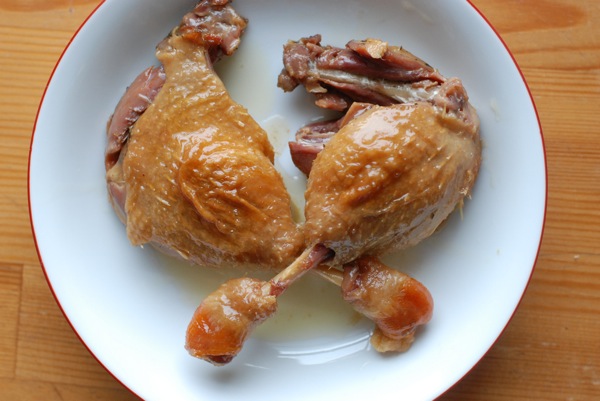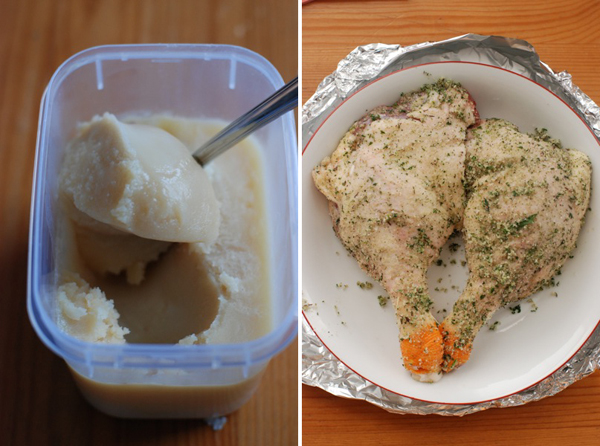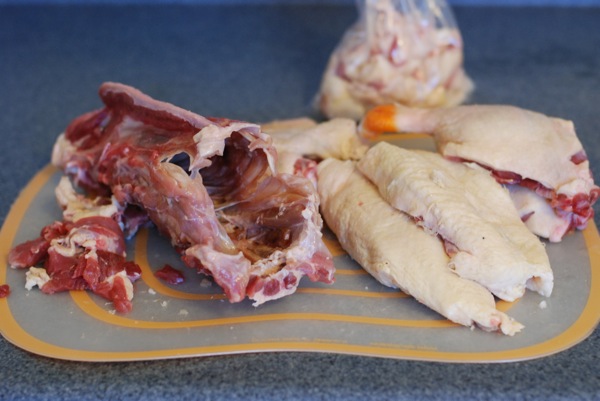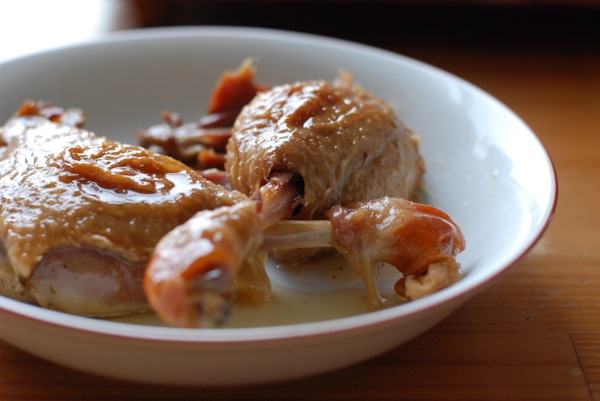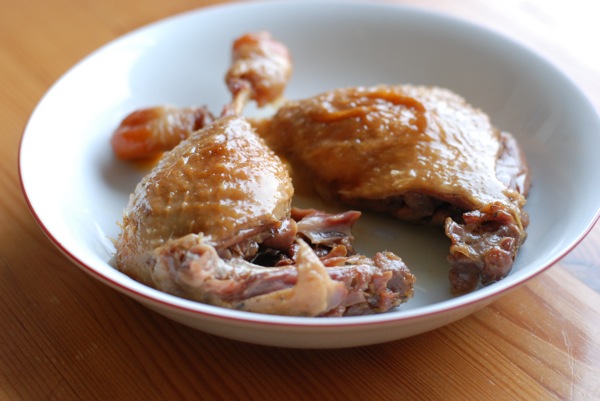 There comes a time each winter when I open the fruit drawer in search of a snack, and find an endless supply of just apples. First I'm surprised. I get that dead of winter on the east coast means berries and stone fruit are, at best, in the freezer, but where are my shipped-from-California meyer lemons? Aren't there any pears? Then, sad: apples are boring. If I have to eat another bowl of apple butter, I may move to Florida.
There comes a time each winter when I open the fruit drawer in search of a snack, and find an endless supply of just apples. First I'm surprised. I get that dead of winter on the east coast means berries and stone fruit are, at best, in the freezer, but where are my shipped-from-California meyer lemons? Aren't there any pears? Then, sad: apples are boring. If I have to eat another bowl of apple butter, I may move to Florida.
When the whining subsides, I drag my derriere out of apple fatigue and get cooking. Sometimes I make this apple crisp, which is totally worth getting out of bed for. Other times, it's pancakes I'm after. Last weekend, what called my name was this tall, crusty apple cake.
This recipe hails from the New York Times Cookbook, yet another success from my favorite cookbook of 2010. While I've no idea who Laura Goodenough is, her apple coffee cake really hit the spot. Unlike my regular apple cake recipe, which is baked in a 9x13 and is thus pretty stout, this here is a lofty cake with quite a presence. Baked in a bundt, it slices into nice tall wedges, pretty when served. The cinnamon is prominent in this cake, which I love; mixed with the apples, it forms a sort of syrup that keeps the cake moist and perfumed. There's something comforting about apple cakes where the apples and the batter are folded together; not so with this version, where the apples and batter are layered into the pan separately. While the layers blend somewhat during cooking, the layers of cinnamon-cloaked apples tucked into a slice of this cake are a most pleasant surprise. I'm still eager for spring to come, but in the meantime, this apple cake is more than goodenough.
Laura Goodenough's Apple Coffee Cake adapted from the New York Times Essential Cookbook
note: as I said above, this is a very tall cake. You'll need a pretty big mixing bowl to make it. Don't be shy -- the results are worthwhile. Also, cinnamon features prominently here. If you want a less aggressive cinnamon flavor, cut 5 teaspoons to 3.
3-5 apples, cored and sliced 1/8-inch thick (about 4 cups) 2 cups plus 5 tablespoons sugar 5 teaspoons cinnamon 3 cups all-purpose flour 1 tablespoon baking powder 1 teaspoon salt 1 cup vegetable oil 4 large eggs, slightly beaten 1/4 cup orange juice 1 tablespoon vanilla extract whipped cream for serving, optional
Heat oven to 375. Grease a 10-inch bundt or other tube pan. In a medium bowl, combine apples, 5 tablespoons sugar, and cinnamon. Set aside.
In a large bowl, combine flour, 2 cups sugar, baking powder, and salt into a bowl. Make a well in the center and pour in the oil, eggs, orange juice, and vanilla. Use a large fork or wooden spoon to mix until combined.
Pour 1/3 of cake batter into pan. Layer 1/2 the apples, drained of excess moisture, on top. Add another third of the batter, followed by the rest of the apples, and finally the remaining batter.
Bake about 60 minutes, until a toothpick inserted into the thickest part of the cake comes out clean. Cover with foil if it begins to overbrown.
Allow cake to cool to lukewarm in the pan, then turn onto a serving plate. Serve warm, with unsweetened whipped cream.
